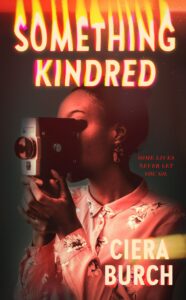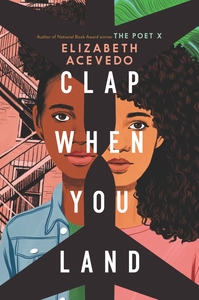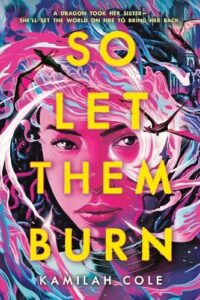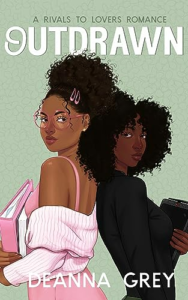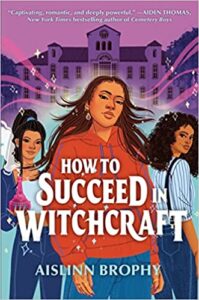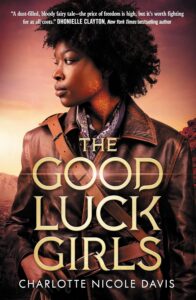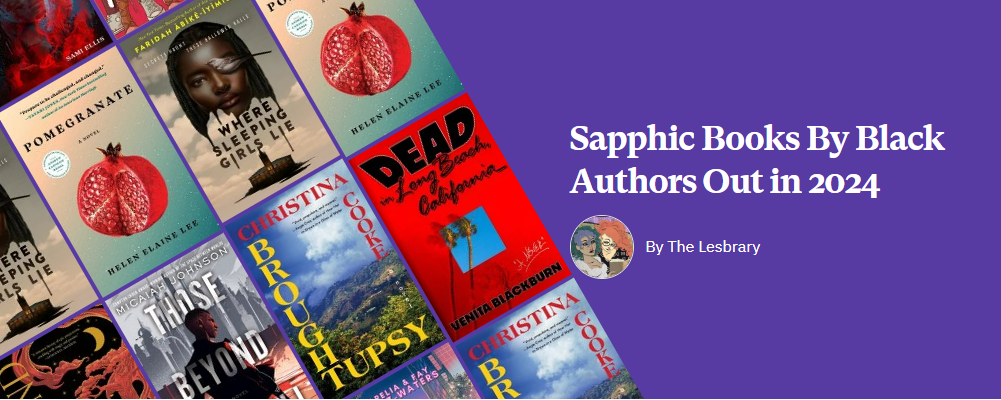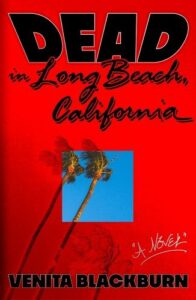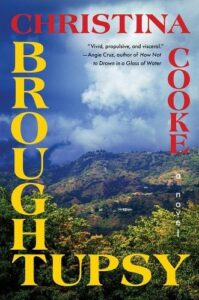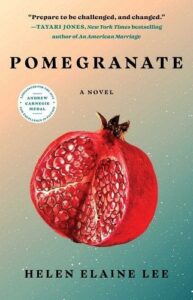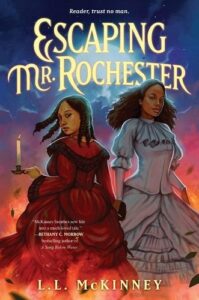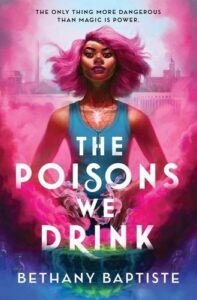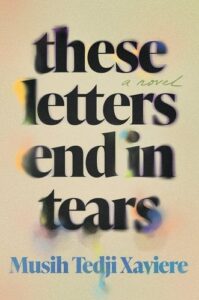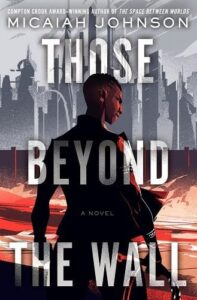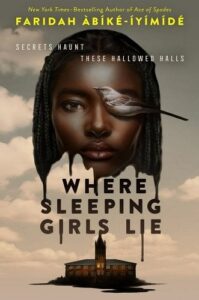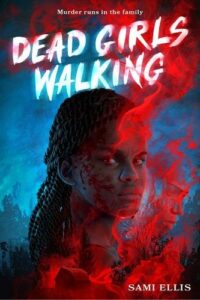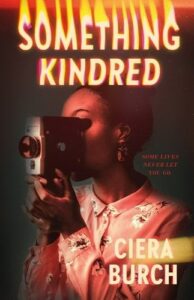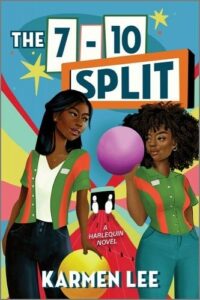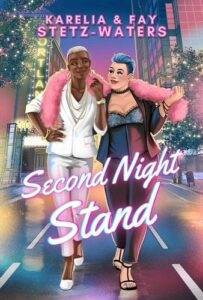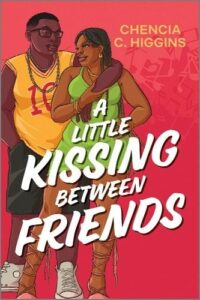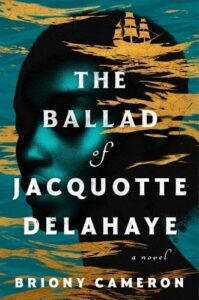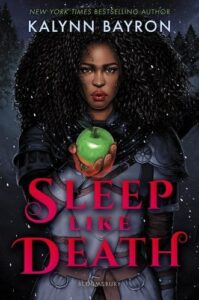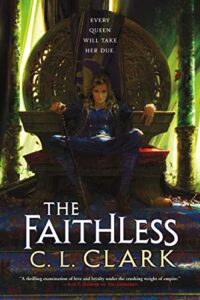Buy this from Bookshop.org to support local bookstores and the Lesbrary!
When I picked this up, I was expecting a horror novel. And that makes sense, because it does have a lot of ghosts in it. But the ghosts are more a part of the setting than the plot; while they’re literally present in the town, their significance in the story is on the metaphorical side. I think “Gothic” is more fitting as a genre categorization.
We’re following Jericka, who has been bouncing from place to place her whole life as her mom kept uprooting the two of them. Now, she’s spending the summer helping to take care of her grandmother as she dies of cancer. What makes this a lot more complicated is that Gram walked out on Jericka’s mother and uncle when they were children — leaving them alone with their abusive father.
One thing I appreciated about Jericka is that she doesn’t shy away from difficult conversations. When she meets her Gram, she asks her directly why she left her kids and why she reached out when she got sick. This is not one of those books where you wish the characters would just talk to each other — if anything, there are times when it would benefit Jericka to stop and think about what she’s going to say for a minute before lashing out.
This is a quick read, and the writing can feel a little… sparse at times. Like Jericka, the author gets directly to the point in a way that can feel abrupt. But the strength of this story is in its characterization and relationships. The three generations of women in that house all have complicated relationships to each other—Jericka soon finds out some secrets about her own childhood that are hard to grapple with. There are no easy answers here. Jericka begins to build a relationship with her grandmother even knowing that there is no way for Gram to make up for the damage she’s done to her children. She also starts to see her father and his wife, who she’s only communicated with through the occasional phone call and birthday card.
Then there’s Jericka’s complicated romantic life. She has a boyfriend back home, James, and their relationship is… comfortable. She loves him, but she doesn’t know if she wants to try to continue their relationship long distance when they go to university. Meanwhile, she’s falling for a girl in Clearwater: Kat. Kat is the only one who talks about the ghosts in town. She’s not popular, but she has a fiercely loyal best friend who will defend her at all costs. She talks a mile a minute and makes a terrible iced hot chocolate. I appreciated that Kat was multifaceted and flawed, not just a perfect love interest. Jericka has been out as bisexual for years, so her struggle choosing between James and Kat has more to do with her fears about the future than any worry about what it means for her identity.
I suppose I should actually talk about the ghosts, but it doesn’t surprise me that it took me this long to get to them. The characters and their complex relationships — especially family relationships — are the stars here. The ghosts, usually called echoes, are the manifestation of a central tension in Jericka’s story: the choice between putting down roots and always being on the run. The people in Coldwater seem unable to leave this town, but Jericka is tired of constantly moving. The echoes are the ghosts of the women who died when the old schoolhouse burned down, and they implore residents to never leave.
Of course, this is also a story about grief and loss. Jericka is building a relationship with her grandmother knowing that soon Gram will be dead. Jericka decides that although this is extremely painful, and although she can’t forgive Gram for what she did, she doesn’t want to continue the family tradition of silence and disconnection. She’d rather reach out even with all of that history between them.
I wouldn’t recommend this for readers looking for a terrifying horror read, but if you are a fan of family sagas and coming of age stories set against a gothic backdrop—with a few creepy scenes—I think you’ll enjoy this one.

